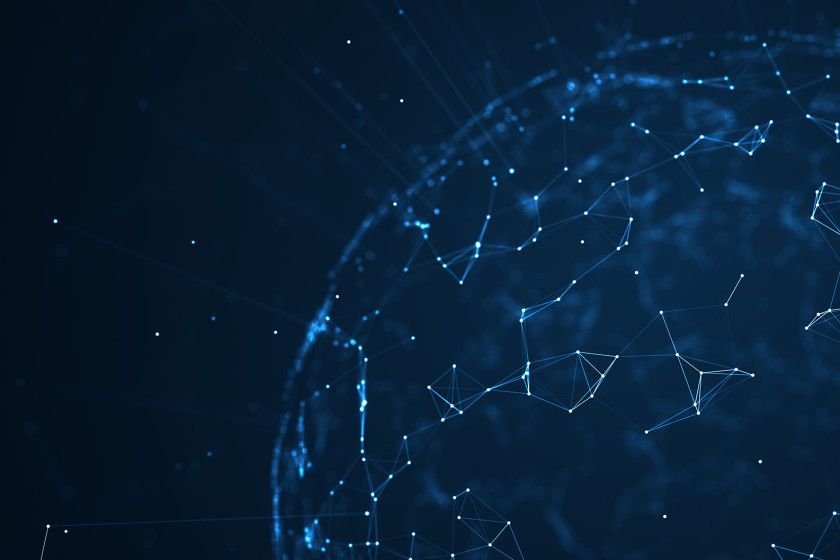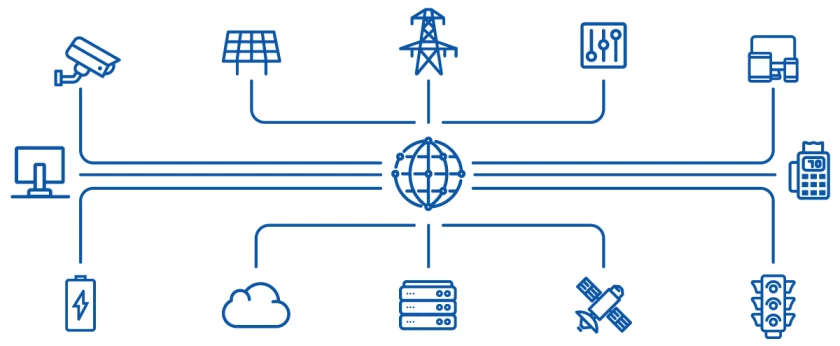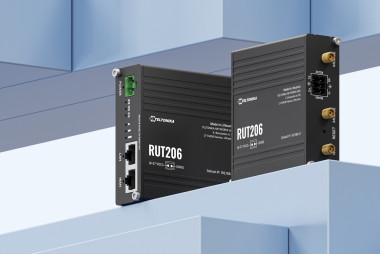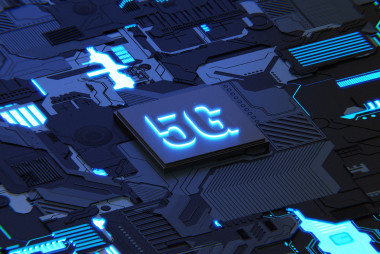WHAT IS IoT?
#iot, #iiot, #security
Most of us know or at least some have basic insight into what the Internet is or what it does for us. But in the more recent years we started hearing a derived term: The Internet of Things, or more widely known by its acronym - IoT.

While the concept itself has been around since 1999, at the time and for years after its conception the term was mostly known to engineers and people whose daily work directly related to it. However, in about 2014 the phrase IoT started becoming more well known to the general public as well. This rise in popularity is well evident in online searches for “IoT” as indicated by Google Trends.

This just about corresponds with the time when smartphones and 4G cellular technology started becoming a common and inseparable tool in our daily lives. Not only that, but 100 Mbps Ethernet connections were becoming a household commodity and Wi-Fi Hotspots started covering all public gathering spots imaginable: from cafes and restaurants to airports and hotels and even streets and parks. This explosion of increased connectivity of people is what gave the rise to the connectivity of things.
SO, WHAT IS IT?
Well, it’s exactly what the name implies – a system of physical everyday objects that can send and receive data between each other over the Internet. Previously a data connection was mostly common in computers and smartphones (which are basically just smaller computers). Now, in the age of IoT almost anything can be enriched with access to the Internet. Ranging from household items like TVs, toasters, washing machines, smartwatches, garage doors to giant conveyors, robots and entire factories. The latter falls into subcategory of IoT called Industrial Internet of Things, or simply – IIoT. You can read more about this topic by clicking here.

Furthermore, these smart devices can communicate without any human interaction, a feature that lays the foundation to advanced automation and smart home systems. So, one could say that IoT is not only a way to enhance the experience of interacting with our things but also to embed them with purpose in such a way that they would continue to operate and influence our lives even when we’re not around them.
BUT WHAT DOES IT MEAN FOR ME?
You may be thinking something like “So what? I don’t think I want my inanimate objects communicating with each other anyway. Why should I care?” Well, there are many answers to this question. In fact, there are too many to list in this short article. Nonetheless, let us take a look at some of the benefits of IoT that positively impact our daily lives.
HOME SECURITY
It is almost undeniable that most of us sleep better at night knowing our home and what is most precious to us is secure. IoT can help you stay aware of everything that’s going on inside and outside of your house no matter where you are. Even old sensors, cameras, smart locks and gates, alarms, smoke detectors and other security utilities can be upgraded with the help of IoT devices that can send informed alerts to your phone, email account or even directly to the authorities or your security firm. They can even lock the doors for you in case you accidentally forget.
HEALTHCARE
It has become common knowledge that with the help of smart devices people can record data about their sleep cycles, measure activity levels, track their daily physical and dietary challenges. But did you also know that IoT devices can help treat or even prevent certain health complications? With the aid of certain smart sensors, implants or just simple apps on your phone or watch it is now possible to improve treatment and management of inflammatory, metabolic and heart disorders. Some of these devices can even send relevant information to your doctor or even inform you if you should visit the hospital in critical cases.
SMART CITY
IoT systems are making your city smarter every day in ways that you may not even be aware of. Ever had to pick up a package from a self-service delivery terminal? Couldn’t have done this without IoT. Ever used a ticketing terminal or a Wi-Fi Hotspot on a bus? Also possible thanks to IoT. What about being stuck in traffic? Well, believe it or not IoT is also making improvements in that regard. This includes smart electric vehicles (EV) and charging stations, traffic light control and smart crosswalks, public lighting, etc.
Make sure to take a look at the actual Use Cases for Smart City connectivity following links below:
THE FUTURE OF IoT
As we have already established, IoT is already at the heart of foundation in many industrial and consumer driven solutions with new ideas of implementation arising every day. Its popularity is even more evident when you take a look at worldwide spending - according to the International Data Corporation (IDC), the amount of money spent on IoT equipment in 2018 exceeded $646 billion. However, this number is expected to grow each year and climb over the $1 trillion mark in 2022, while the number of worldwide cellular connections is anticipated to reach 3.5 billion by the year 2023, as estimated by the Ericsson Mobility Report.
While predictions and estimates do vary according to different sources, one thing remains the same: IoT is on the rise to becoming an integral part of our present and future.
TELTONIKA NETWORKS AND IoT
Teltonika Networks has been developing IoT devices for over twenty years now. As our motto “Easy key to IoT” suggests, we aim to not only provide reliable and secure solutions, but ones that are also quick to deploy, easy to use and convenient to manage. If you want to find out more about what Teltonika Networks has to offer in the realm of IoT, visit our Products page or check out our IoT Use Cases. If you cannot find what you are looking for, get in touch, as we might already have a solution.


